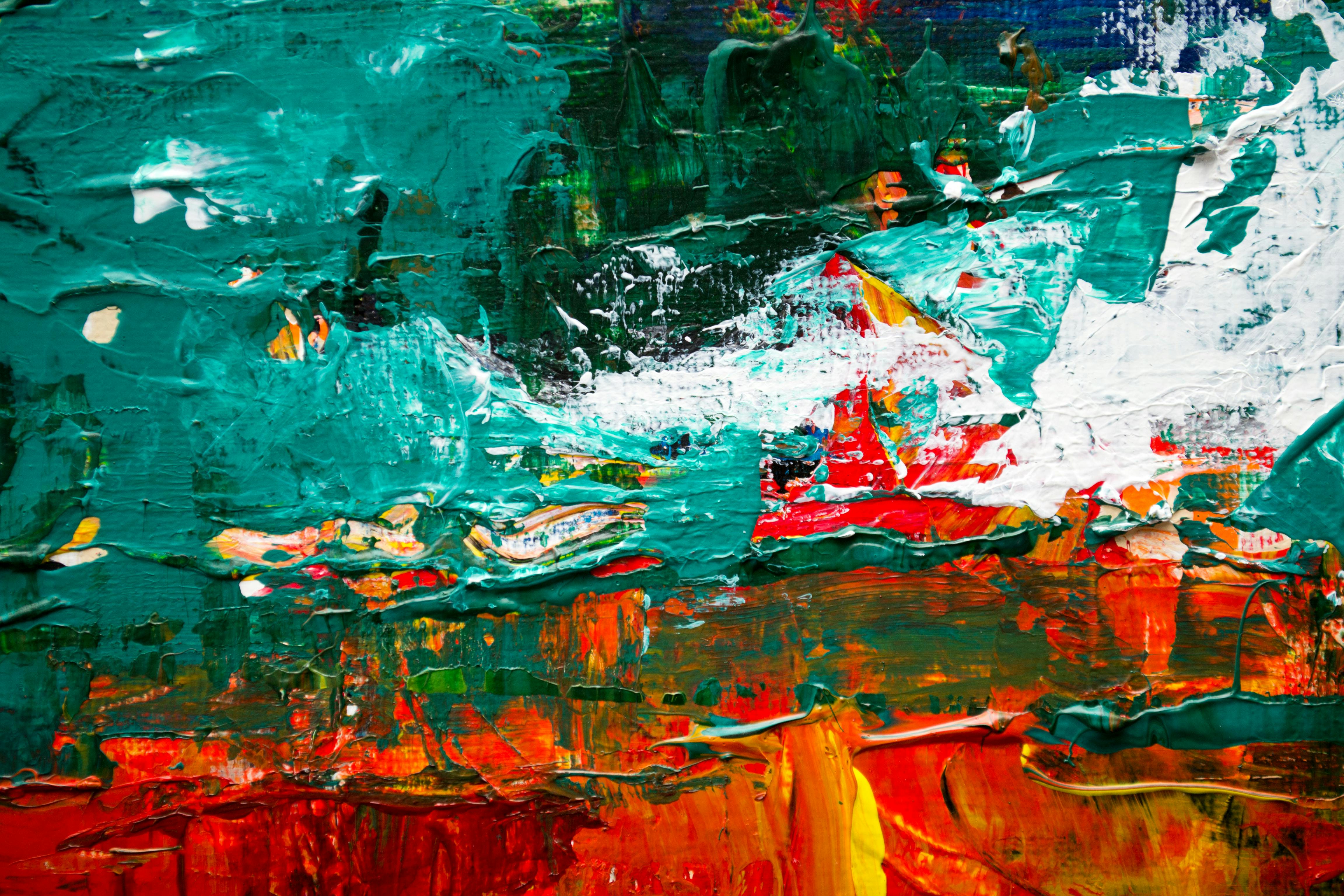Precision And Neatness Counts In Geometrical Art
What a cool head it must take to produce geometrical art! The neat lines and varying sizes of the blocks of color used would need the planning requisite to making a mosaic piece, all squares and rectangles figured out far in advance to suit the overall view of the design. If not for a straightedge, the precision would be impossible, for these patterns exist in nature, but in the form of fractals, crystal formations that beautify the microscopic world in their mixture of simplicity and complexity. From the elegant angles and swooping curlicues of Islamic calligraphy to the blocked out style of a Mondrian, geometrical art has an appeal all its own.
Cool and clean, the lines appeal to our sense of order as they form the painting into neat segments, each with a varying border within the main border of the canvas. The segments thereby formed may be filled in with color or remain pristinely white in a well-thought out use of negative space. An experienced artist knows that geometrical art does not overwhelm with bold asymmetrical shapes and colors, but appeals more to our intellectual side, the side that depends on order for rational thought. By its very nature, geometrical art guides our thoughts into regimented rows of ideas, each idea leading into the next in an orderly progression. Mathematics in the world of art are used similarly as they are in the world of music, to form disciplined sets in a medium of expression that can too easily turn chaotic.
Chaos is something that geometrical art lacks; in fact, it has often been thought of as the antithesis of expressionism, which has its definitive basis in an artist feeling emotions and expressing them on canvas. Geometrical art uses rationality as a basis for art, solving problems of engineering as the artist fits one segment after another onto the canvas, neither too crowded nor too sparse in their placement. The efficient artist has planned far in advance of the actual painting of the lines and use of whatever color he chooses; he has a grid or similar scheme, measured infinitely and finely to the desired conclusion. Planning pays off as the piece takes shape without the slightest hint of chaos.
When you choose geometrical art as your selection, you are choosing a genre that has roots in antiquity, as the Islamic artists who were denied the depiction of living subjects sought to convey meaning in angles and lines, curves and circles, all from the rarefied world of mathematics. How very successful they were in their designs of mosques and arabesques, intricate tracings that have stood the test of time to our present day admiration. Not only does the arabesque template fulfill the artist’s soul of creativity, it answers the challenge of what to portray when your heart yearns to produce art, but has strictures placed upon it. Art will be produced anyway and it seems to be the nature of the artist to struggle to bring his creations to public view, as many artists have suffered for their work. The art produced is well worth it.

